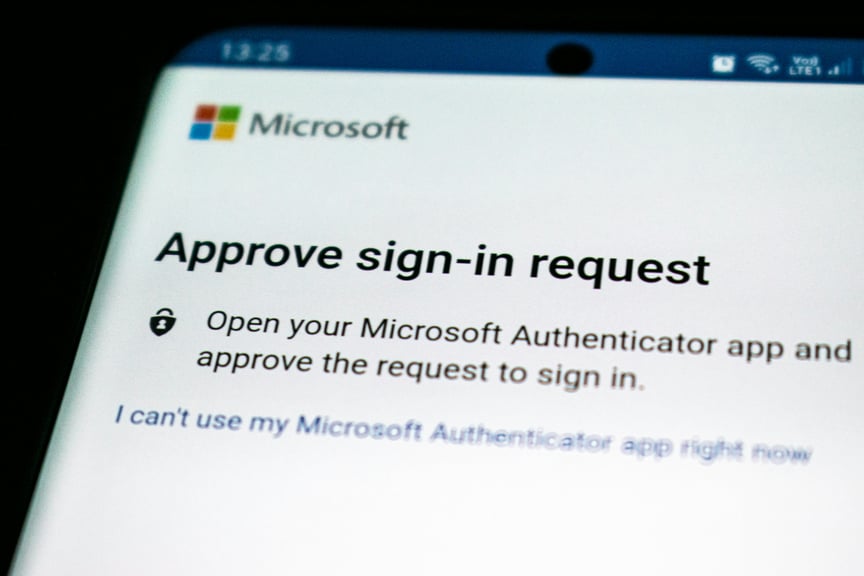Secure and user-friendly multi-factor authentication (MFA) is possible

Multi-factor authentication (MFA), also known as two-step verification, has become a cornerstone of modern cybersecurity. Everyone knows that passwords alone are not enough. Passwords can be stolen, guessed, or leaked. MFA adds one or more additional layers of security, making it much harder for unauthorized users to gain access to your data.
This is typically done by requiring the user to provide an extra code sent via SMS or email. Another common method is to verify identity through an authentication app, such as Microsoft Authenticator.
Why is MFA important?
The challenge is that many people find MFA cumbersome. Older users, or those who do not work with IT daily, may find it frustrating to enter codes from emails or text messages. But what if MFA could be both simpler and more secure? Could biometrics and modern technology be the answer?
MFA protects you by requiring more than one form of identification. It can be something you know (a password), something you have (a mobile phone or security key), or something you are (biometrics). This makes it much more difficult for attackers to succeed, even if one element is compromised.
Even if criminals are able to guess, find, or steal your password, they still need to bypass several security layers before gaining access.
Traditional MFA solutions
The most common methods include:
-
One-time codes via email or SMS
-
Authentication apps that generate codes
These solutions work but have weaknesses. What if your email is compromised? Or you lose your phone?
Biometrics and passwordless solutions
Biometric authentication, such as facial recognition (Windows Hello) or fingerprint scanning, offers a more user-friendly and secure option:
-
You do not need to remember anything
-
Data is encrypted and stored locally
-
Logging in is fast and simple
In addition, passwordless solutions combine biometrics with a physical device or an already approved device you use. This creates a seamless experience without compromising security.
Can everything be biometric?
Yes, in specific contexts. This is especially useful where passwords are impractical, such as in physical access control. But often, the best approach is a combination of:
-
Something you know (password or PIN)
-
Something you have (mobile device, FIDO2 key such as YubiKey)
-
Something you are (biometrics)
This combination provides a balanced and robust security model.
Extra security through context
Modern IT systems can also consider contextual factors such as location (for example, IP addresses or geographic region), device type (mobile, PC, tablet), time, and user behavior.
This makes it harder for intruders to access an employee’s device because they are not in the right place, not logging in from the correct device, or do not exhibit the same behavioral patterns as the legitimate user.
Onboarding is important to succeed with MFA
Implementing MFA is not enough if users do not understand how to use it. Good onboarding means clear instructions, user support, and step-by-step guidance.
This is especially important for employees without technical experience. It does not help to make MFA mandatory if users are unsure of their technical skills. MFA must be easy to adopt, and users should be onboarded in a simple, structured, and predictable way.
Multi-factor authentication does not have to be inconvenient. With biometrics and passwordless solutions, you can achieve both strong security and a great user experience.
The key is to choose the right methods and help users adopt them effectively.
Explore more

Six steps that can save Norway from the next cyberattack

Three days to attack: Why vulnerabilities must be closed faster

Considering a Security Operations Center (SOC)? Here’s how to get the most for your money

